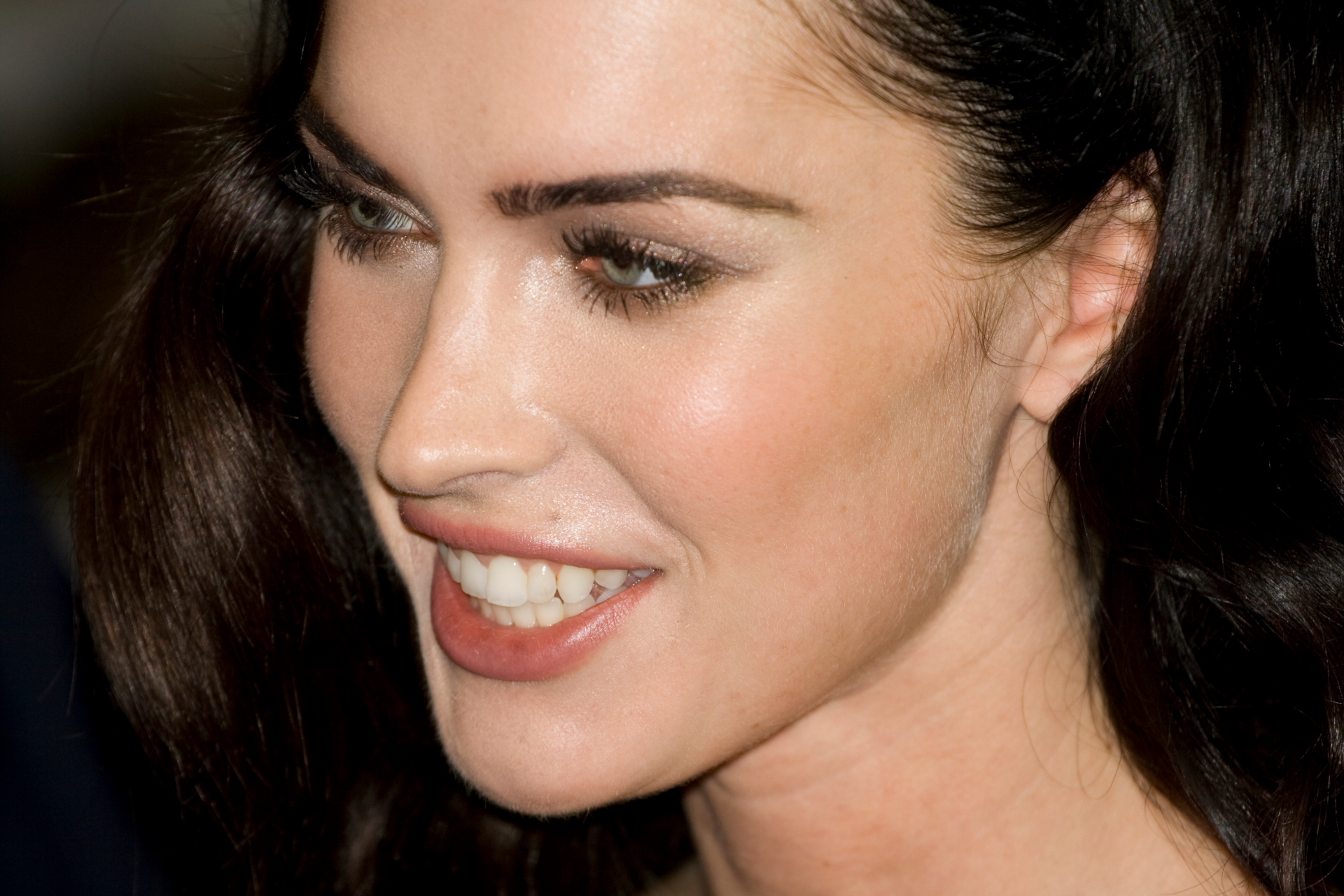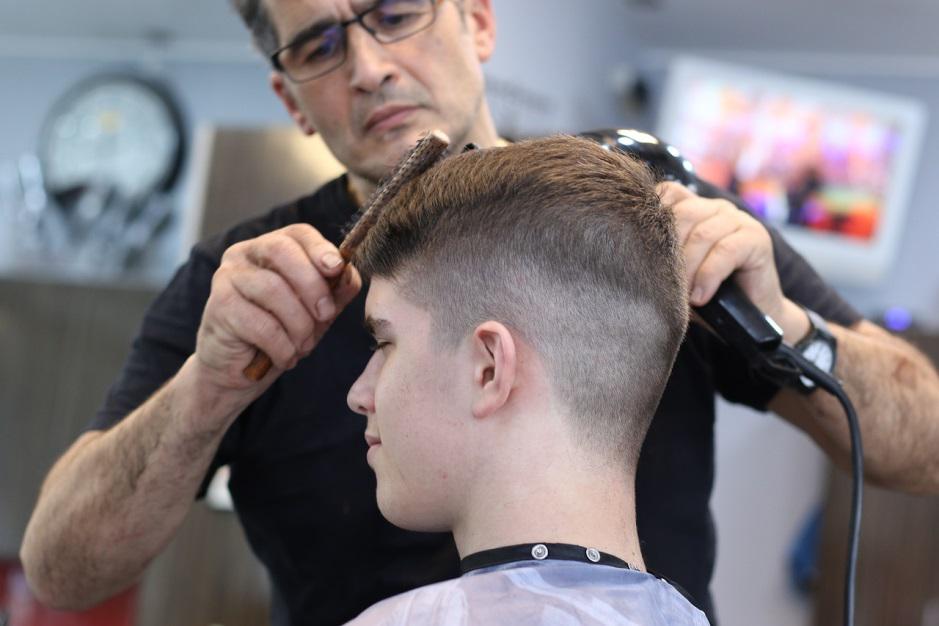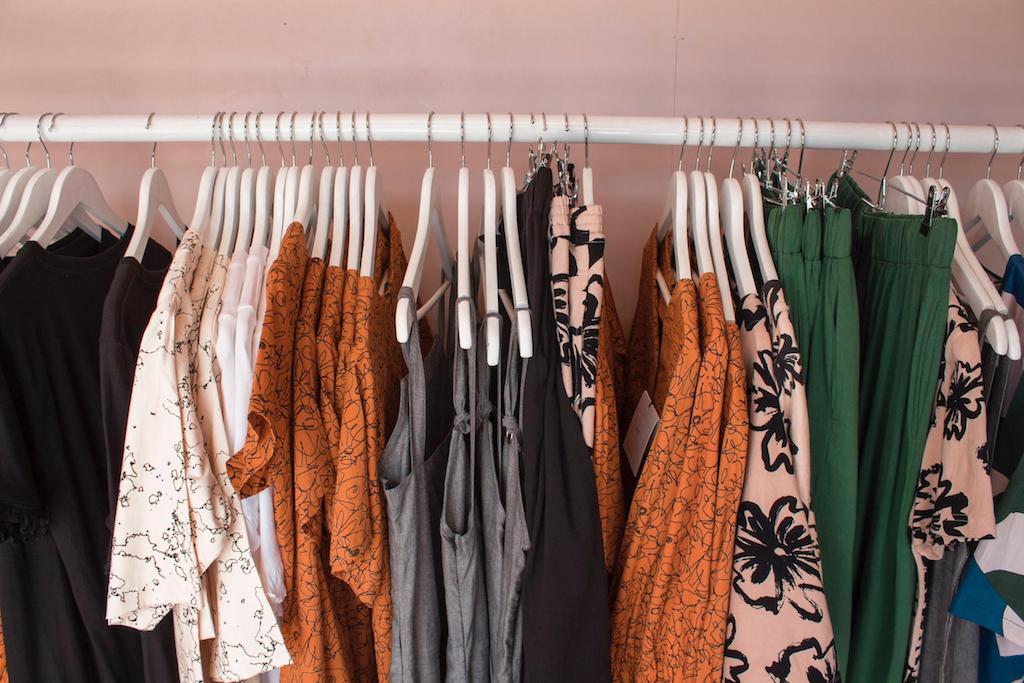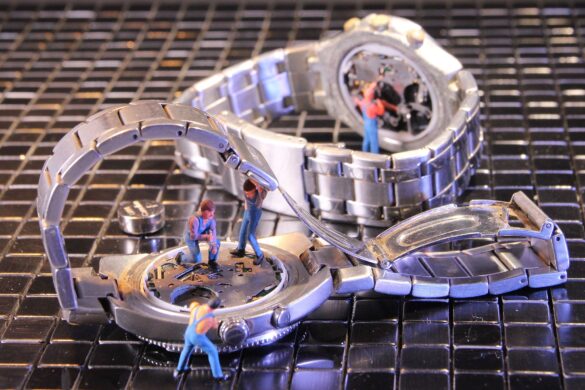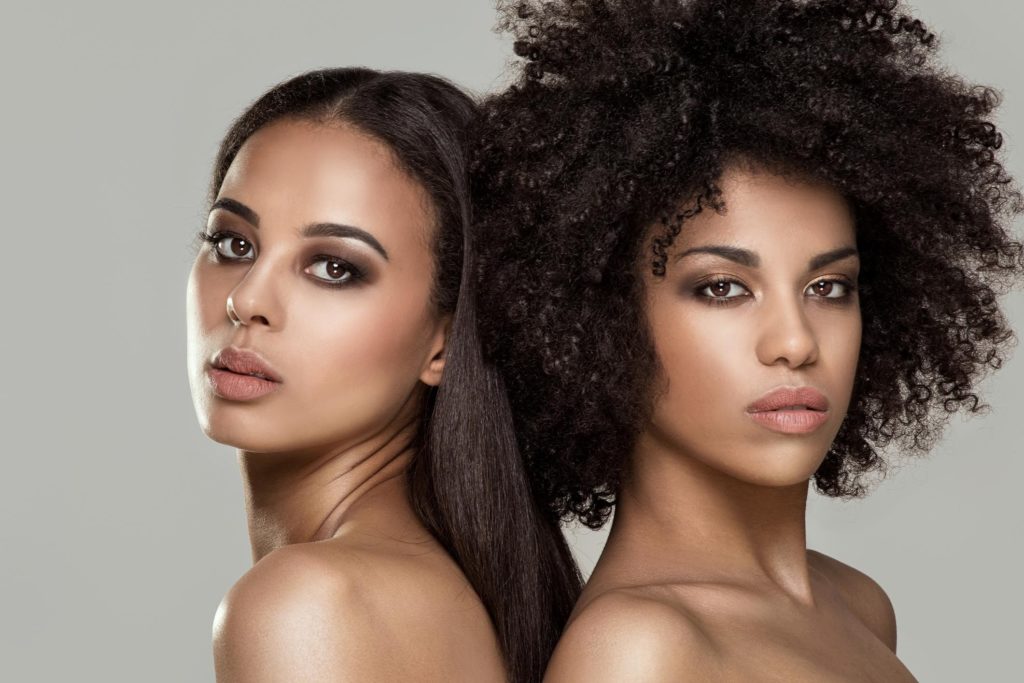
When it comes to quality, versatility, and longevity, we can probably all agree that human hair extensions are better than synthetic hair. However, not all human hair extensions are alike. You can use different types of hair to create a variety of looks: whether you want hair extensions that match your natural hair color and texture or you want an entirely new look, your options are plentiful. Even if you’re only vaguely familiar with different types of hair extensions, odds are you’ve heard of both Brazilian and Peruvian hair extensions. But you might find yourself wondering what makes these types of hair so different from one another. Keep reading to learn more about the differences between Brazilian and Peruvian hair extensions and how to choose which one is right for you.
Human Hair Extensions
First, let’s take a minute to talk about human hair extensions in general and why they’re so popular. Human hair, for obvious reasons, has the most natural look and feel and you can easily style it just like you would your natural hair. Hair that has never been chemically processed in any way is known as virgin hair, and the highest quality virgin hair is collected from a single donor (usually by gathering the hair into a ponytail before cutting), ensuring that all the cuticles run in the same direction.
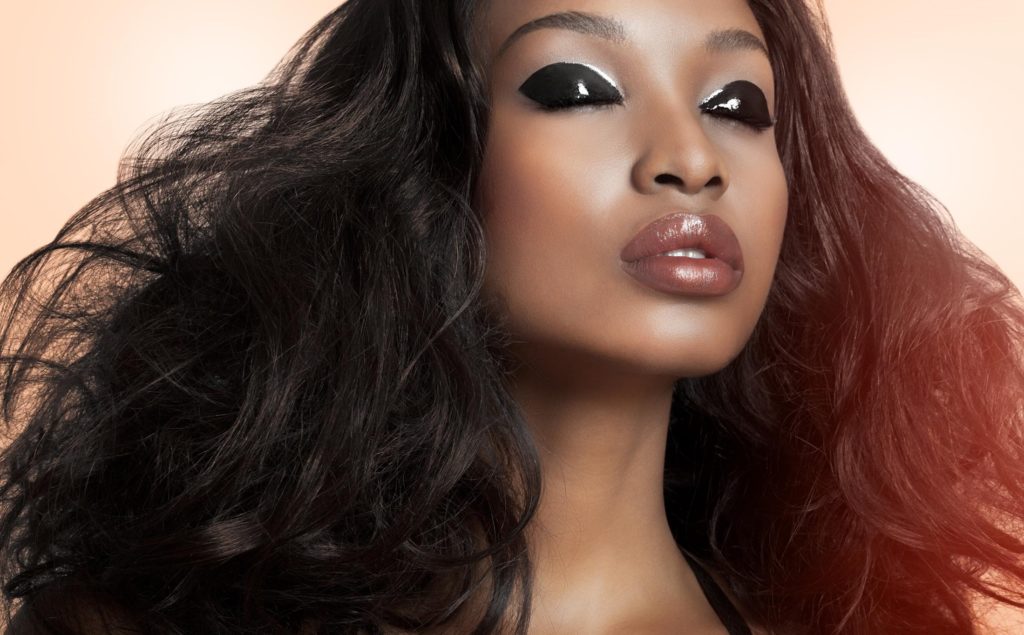
Brazilian Hair Extensions
When it comes to Brazilian hair extensions, your options include straight, wavy, and curly hair. This type of hair is durable and can be dyed, curled, and straightened to meet all of your styling needs. The Brazilian honey blonde ombre is a fan favorite and with proper maintenance and care, even colored Brazilian extensions can last from six months to a year or more. Brazilian you can reuse them for future installations. Brazilian hair is typically very soft and shiny, and it doesn’t shed or tangle easily even after it is colored. The quality and range of textures available make Brazilian hair one of the most sought-after choices for many customers.
Peruvian Hair Extensions
Peruvian hair has become increasingly popular in recent years. It is also available in straight, wavy, and curly textures, but it’s generally thicker/coarser than Brazilian hair. Compared to other types of human hair extensions (including Brazilian hair), you can often use fewer bundles of Peruvian hair to achieve your desired look: this can help offset the higher price tag, making it an equally affordable choice. In spite of its coarse texture and thickness, Peruvian hair is very lightweight. Like its Brazilian counterpart, Peruvian hair will also last for several months if you care for it properly. However, because of its coarser texture, you may find that you need to moisturize Peruvian hair more often than Brazilian hair.
Main Differences Between Brazilian & Peruvian Hair Extensions
As you can see, the main difference between Brazilian hair and Peruvian hair is that Peruvian hair is thicker in texture; it can also be a little more expensive and sometimes slightly harder to find. Brazilian hair has been around longer, and you can purchase it from pretty much any hair extensions vendor. To the naked eye, it can be difficult to tell the difference between Brazilian hair and Peruvian hair, but you can usually feel the difference when handling the hair. Both types of hair are known for their durability and ability to hold curls well, even in humid conditions, and both types of hair can easily blend with a variety of hair textures, should you choose to have a leave-out.
Buyer Beware
Unfortunately, there is some controversy surrounding both Brazilian and Peruvian hair. There is not a lot of information out there about how (and from whom) to collect Brazilian and Peruvian hair, which makes it easier for less trustworthy vendors to market their hair as Brazilian or Peruvian regardless of what kind of hair it may be. The variance in textures makes it more difficult to spot a fake. But to be fair, it’s possible for almost any type of hair extensions to be marketed as a higher quality type of hair, even the ever-popular Indian Remy hair. Eventually, time will reveal the actual quality of your human hair extensions. Hair that’s processed to look like virgin hair will often tangle easily, have a distinct chemical smell to it, and feel less silky after repeated washing and wear. Fortunately, there are plenty of wholesale hair extensions vendors out there who are honest about the origin of their hair. Be sure to buy your hair from a reputable, trustworthy vendor to ensure that the hair you’re buying is ethically sourced and not being masqueraded as something that it’s not. Do your research, read customer reviews, and know how and where to find quality Brazilian and Peruvian hair. There are also plenty of YouTube vloggers who upload honest and detailed reviews of different types of hair extensions. Watching video reviews will also give you a better idea of how the hair looks and moves.
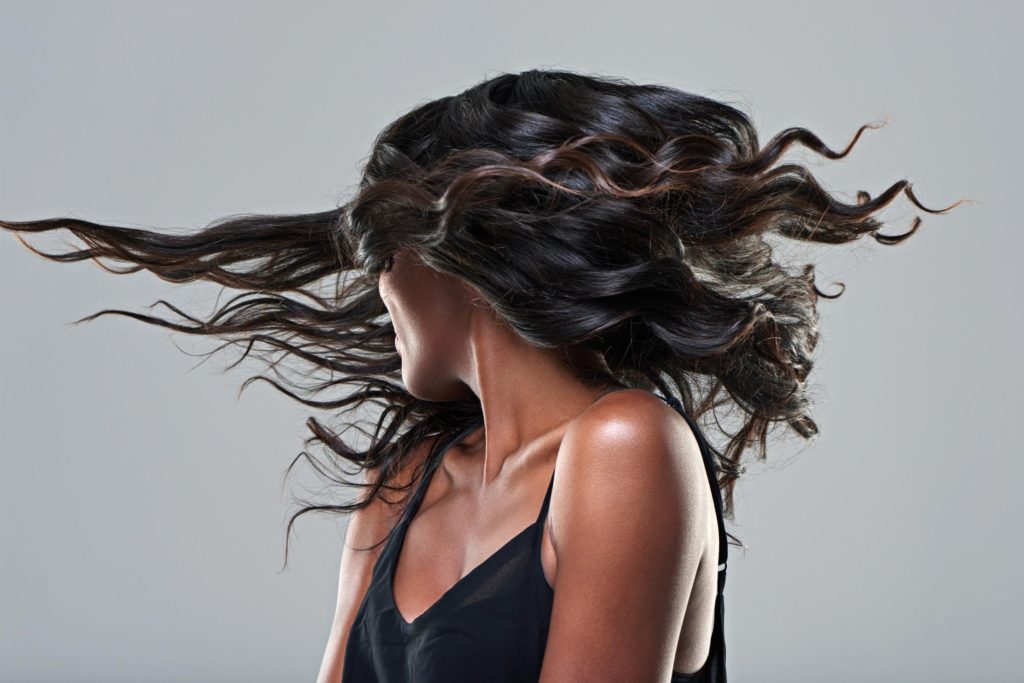
Which One Is Right For You?
Now that you know the differences between Brazilian hair and Peruvian hair, you can make a more informed decision when it’s time to buy hair extensions for your next style. If you want a more voluminous look, Peruvian hair is your best bet because you won’t need to use as many bundles as you would with Brazilian hair. If you want to cut your hair extensions into an edgy style like an angled bob, Brazilian hair may be the better option, depending on the final look you want to achieve. If you’re going for a natural look, you always want to consider your hair texture: if your hair is thick and/or dense, Peruvian hair will probably match your natural hair better. If you have fine or low-density hair, Brazilian hair extensions will likely be a better match. But when it comes to quality, one is not necessarily better than the other. You can create beautiful styles with both types of hair, and they’re both durable enough to withstand dyeing, curling, and straightening. Brazilian and Peruvian hair extensions are both great options, but ultimately, the choice is yours.
Dana Knowles (UPWORK)

